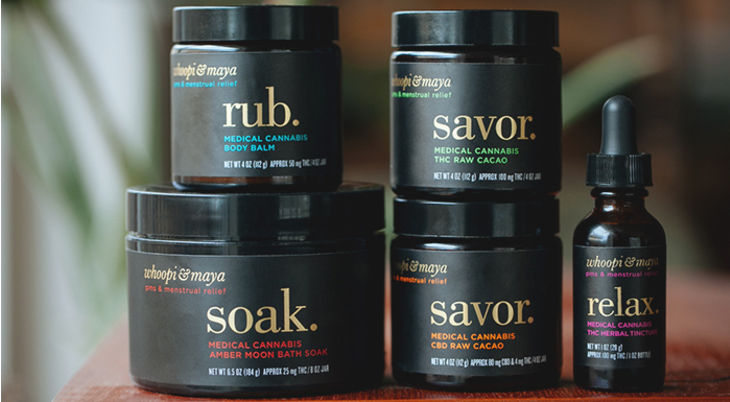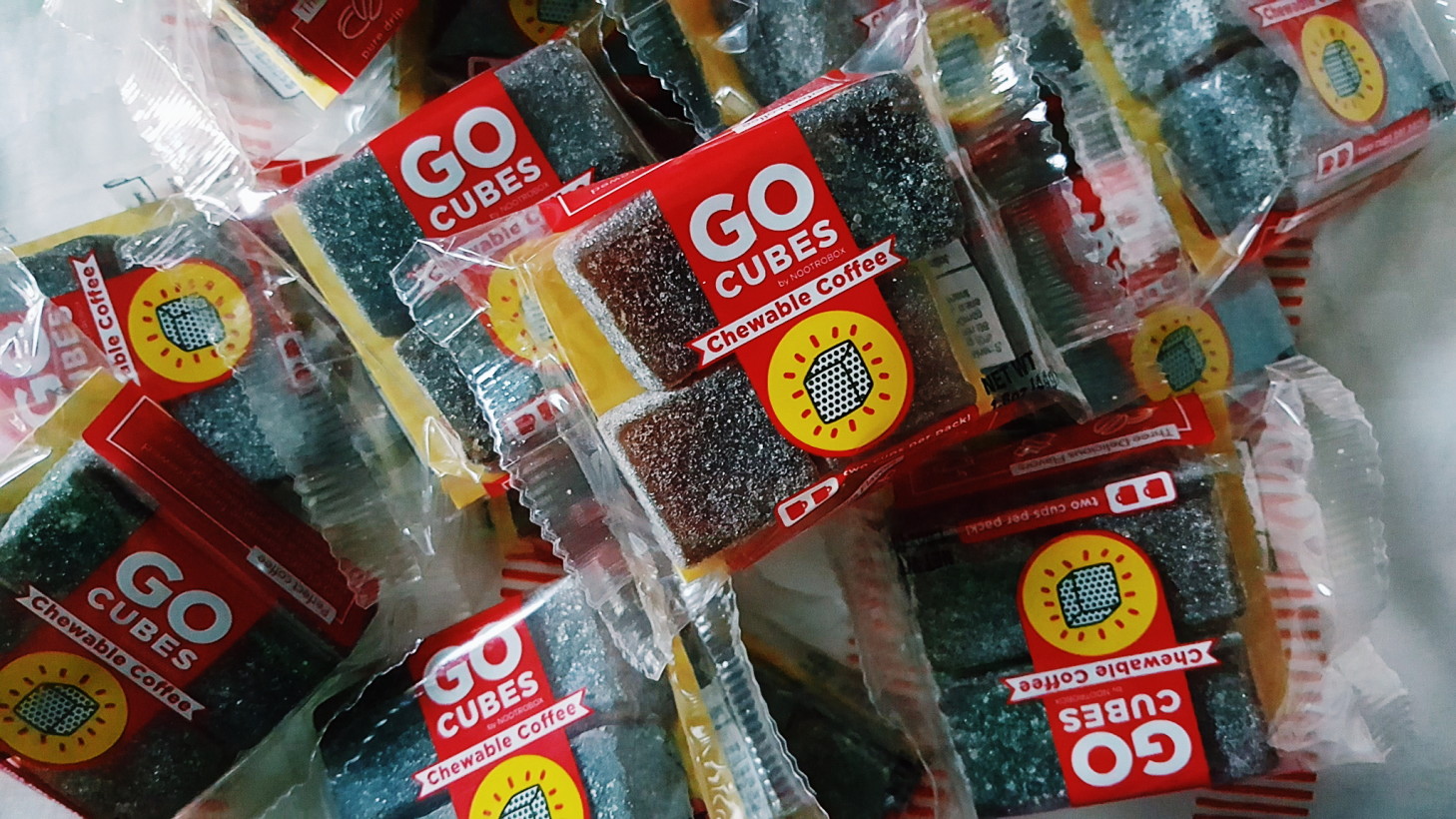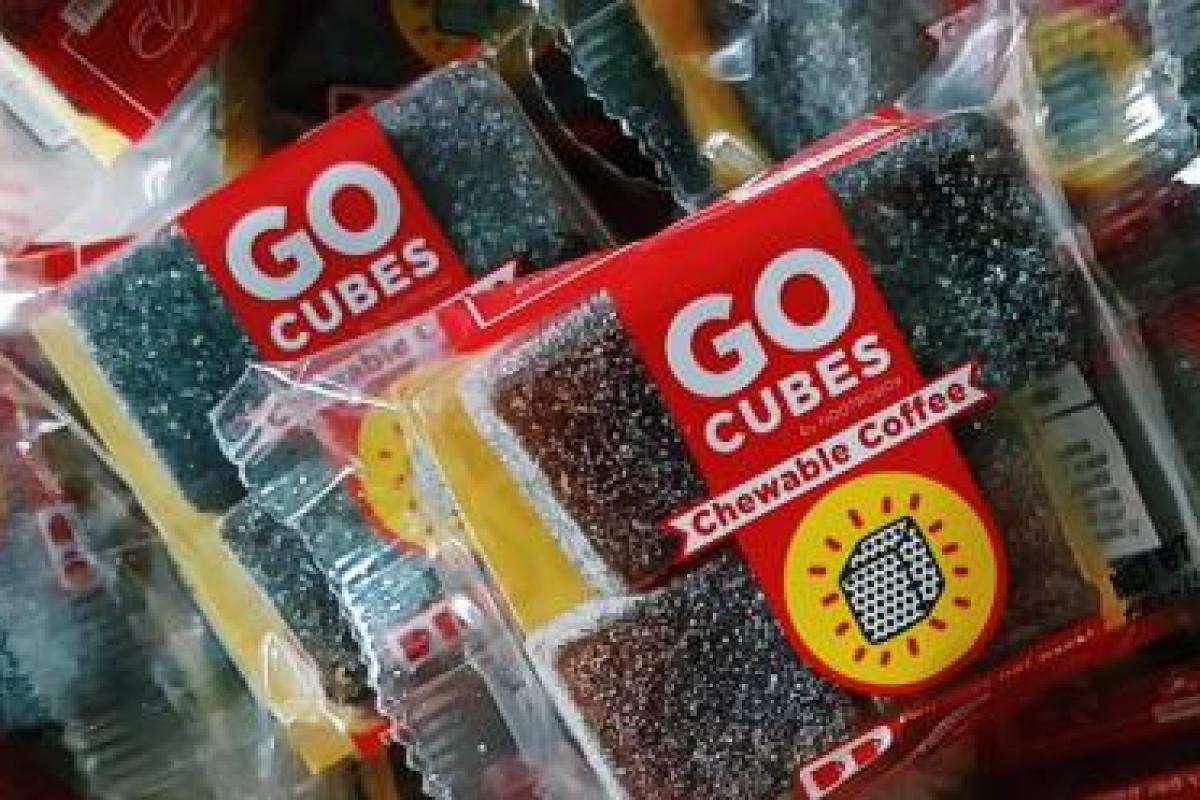What a difference a year makes. As we look ahead to 2017, markets are confident, even though assumptions have been shaken and narratives overturned. Amid the massive shifts that are sure to follow, there’s never been a more important time for brands to keep tabs on forecasts and emerging consumer behaviours.
Below is a curation taken from JWT's latest Future 100 report.
Marijuana: the new rosé?
In a Vanity Fair interview in March, newly minted ganjapreneur Whoopi Goldberg expressed frustration that women were still considered a niche market in the medical marijuana industry. “This niche is half the population on the earth,” she laughed.
Whoopi & Maya, a collaboration between Goldberg and Maya Elisabeth, launched in April 2016 with a line of cannabis-infused edibles designed to treat menstrual cramps. Foria, a company perhaps best known for its cannabisbased lube Foria Pleasure, also launched a cannabis suppository this year to treat cramps. Today, however, women in the marijuana market are looking beyond remedies for menstrual pain.

In fact, marijuana may be on its way to overtaking wine as the hip indulgence of choice. In West Hollywood, White Rabbit High Tea hosts a chic tea party for women, with a focus on vaporizers rather than hot drinks. Gourmet edibles, including Défoncé dark chocolate bars and Angel Haus cannabis ice cream, mean you can also bring the party home. Marijuana accessories are even getting a high-end feminine makeover from brands such as AnnaBís, who designed a chic handbag with concealed pockets for lighters or vapes.
Women are also angling to play a key role in cannabusiness. In LA, Cheryl Shuman, founder of the Beverly Hills Cannabis Club, has been dubbed the “Martha Stewart of Marijuana” for her work with groups including Moms for Marijuana. In Colorado, Jane West runs Edible Events, one of the state’s premiere pot catering companies; she’s also the founder of Women Grow, a networking group that aims to make female leadership a key component of the growing cannabis industry.
Why it’s interesting: The perception of female weed smokers is changing radically: TV shows, such as 2014’s Broad City or this year’s Mary + Jane, illustrate that women can be smart and stylish, and still unwind with a joint. With recreational marijuana newly legalized in California, Maine, Nevada and Massachusetts, it’s clear that the drug doesn’t suffer the same stigma it used to.
Nootropics
Blame Silicon Valley. Following the optimized nutrition trend (embodied by brands such as Soylent, featured in last year’s Future 100 report), startups are using so-called “bio hacking” to engineer products that offer brainboosting properties without negative side effects.
The Nootrobox startup, fresh from a $2 million seed investment by Andreessen Horowitz, has launched Go Cubes, a new chewable coffee gummy candy product. Packaged in cartoonish, candy-like wrapping, Nootrobox Go Cubes are made with L-theanine, B6, and methylated B12 that “improve caffeine for enhanced focus & clarity.” Two cubes are equal to an entire cup of coffee, according to the brand.
Nootrobox describes Go Cubes as “coffee for astronauts.” Branding appeals to the work hard, play hard ethos of the tech set: “Looking to ace your midterms? Push 10,000 lines of code? Stay extra crispy for poker night? Fight spreadsheets in your office? Climb Mt. Everest? Be the first human on Mars? Go Cubes have your back.”

Hacker’s Brew, a nootropic coffee, is another recent addition. The coffee claims to help drinkers reach peak cognitive performance and enjoy cumulative long-term benefits. “Hacker’s Brew starts with the highest-quality ingredients, including organic coffee, coconut cream and cacao. We then added a good dose of adaptogens, and extended the half-life of caffeine so that it lasts longer. Full-day performance, with the same amount of caffeine as a normal cup of coffee—this is not your ordinary coffee experience!” promises the company.
Why it’s interesting: Self optimization is the watch word of the wellbeing movement, which is now moving beyond natural enhancement to body “hacking,” and rising comfort. With the desire to both chemically stimulate and self-improve while still emphasizing natural, consumers continue to want it all.
Three new proteins
In last year’s Future 100 report, we looked at algae, a protein substitute with game-changing potential. As the market for plant-based protein alternatives remains strong, these three under-the-radar protein sources could be the next to break into the mainstream.
Pea
Pea protein is sustainable and non-allergenic. It’s made from ground dried yellow peas with no added preservatives—exactly what the name implies. In 2016, health brands such as Bolthouse Farms and Bob’s Red Mill began to feature peas. The real story, however, is the Beyond Burger, the much-hyped burger alternative that even bleeds like real meat. It’s made from pea protein isolates and recently became available in the meat section at Whole Foods Market.
Duckweed
Move over, seaweed, there’s a new floating superfood in town. Duckweed is frequently cited by scientists as a potentially key food source of the future: it’s protein rich and boasts more amino acids than other plant-based proteins (including soy). Consumer awareness of duckweed is low, but Florida-based Parabel hopes to change this with the launch of Lentein, a duckweed-based protein powder that won the 2015 Innovations award at the Institute of Food Technology. It should hit the shelves by 2017.
Shiitake mushrooms
Shiitake mushrooms are already popular worldwide, so why not explore their full potential? That’s the thinking behind MycoTechnology, a Colorado-based food tech company that has engineered a strain of the fungus which produces an above-average protein load. The resulting shiitake powder, called PureTaste, has a neutral flavor that works in everything from breads and tortillas to sauces. Bonus: the powder has a lower carbon footprint than plant crops and contains 79% protein.
Why they’re interesting: By 2050, the United Nations projects a global population of nearly 10 billion, which would push our current agricultural system to its limits. These companies are on the cutting edge of the battle for the sustainable protein of the future
Quantified blood
Forget the Fitbit—the rise of at-home blood testing is bringing entirely new dimensions to the tracking of personal health. Once the preserve of elite athletes, custom blood panels have received a wellness-themed makeover rooted in taking control of one’s own health and longevity.
InsideTracker, one of today’s most popular options, analyzes up to 30 different biomarkers, including vitamin levels and cholesterol, from a vial of blood. The InsideTracker platform offers users specific sleep and diet advice to address any deficiencies. Some of the kits even provide an “InnerAge” metric, which tracks the markers most linked to aging. Home kits start at $199, though other options such as the Ultimate package at $499 require a visit to a Quest Diagnostics center.
The company’s user base is expanding. “Most of our users are in their thirties, forties and fifties, because at that age you see you are not immortal,” cofounder Gil Blander, biology PhD and former MIT research scientist, told Elle. “But some just want to lose weight; some want to sleep better.”
By cutting out the doctor’s visit, at-home blood tests allow consumers to track custom measures of their own health more precisely, with less expense and shorter wait times. It also makes it easier to test regularly enough to track progress over time.
InsideTracker’s biggest competitor, WellnessFX, runs a similar service. The company’s Premium package, which includes a consultation with a certified physician, sells for $925. In November 2016, WellnessFX launched its first at-home testing kit, the $111 Lifelong Vitality package, which monitors key markers of women’s health.
The global market for diagnostic testing stands to reach $63 billion by 2024. Although much of that still takes place in hospitals, at-home kits are a rapidlygrowing slice of the pie. The direct-to-consumer lab test market was worth $131 million in 2015, up from just over $15 million in 2010, according to research firm Kalorama Information.
Why it’s interesting: In the era of the quantified self, no health metric is off-limits for consumers wanting to take control of their health and better understand their own physical makeup.
Augmented gyms
Gyms are becoming technology playgrounds as they add new layers of interactivity to typical workout routines, boosting novelty and motivation for patrons.
New York gym Asphalt Green has installed an entire room covered with LED lights, which provide visual cues for movement during group classes. The system behind it is Prama by Pavigym, already in use at gyms in Europe. Participants in AG6, the 45-minute high-intensity workout that uses the technology, are pushed to their limits. “The system’s visual cues train reaction time in a way conventional training methods cannot,” says a spokesperson.
Augmented Climbing Wall is described as “the world’s first global gaming platform for climbing walls.” Light projections layered over traditional climbing walls allow users to compete against each other in life-size games of Pong, or navigate “electrified” mazes, with the goal of extending endurance and reach. The technology, spun off from Aalto University Game Research, has been installed at two locations in Finland, with more planned at locations across Europe, Asia, Australia and North America.
Why it’s interesting: These new tech setups suggest that augmented reality could soon have practical and widespread applications in health and fitness— in gyms today, maybe throughout cities tomorrow.
See the full report here.
